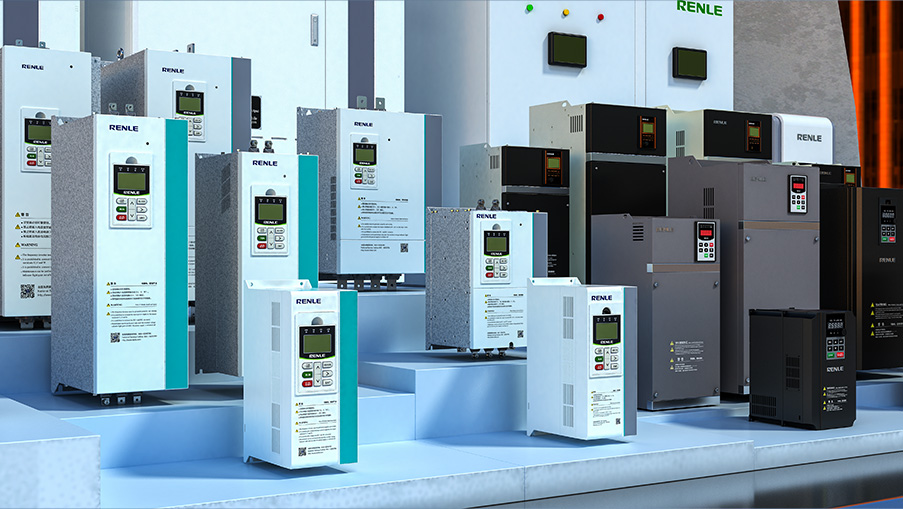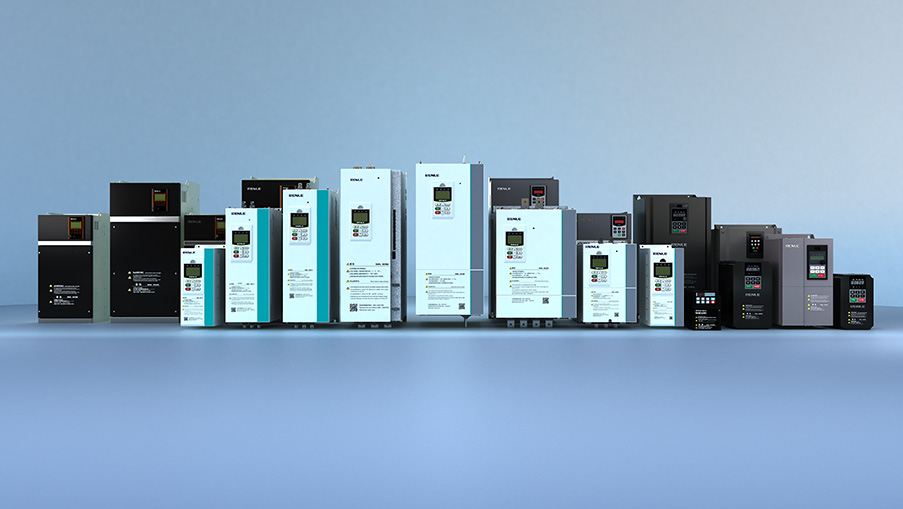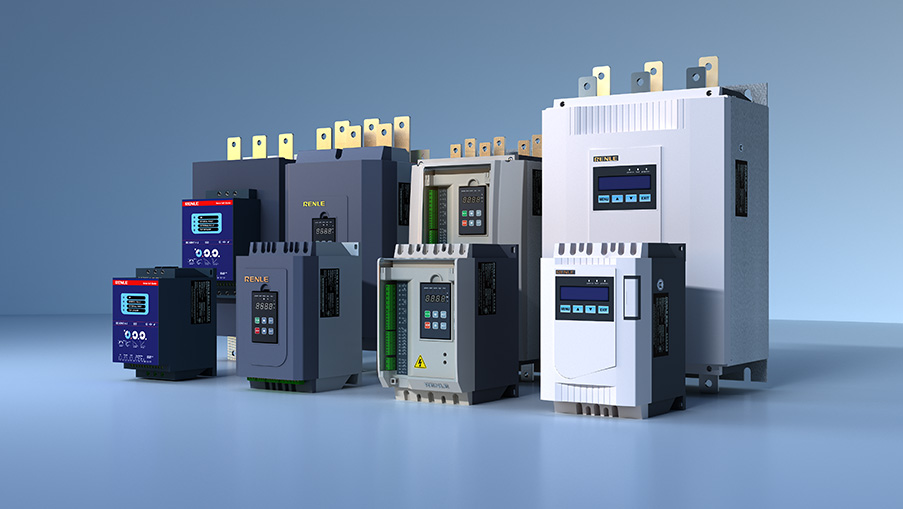Low voltage
Ⅰ. Safety precautions
1. First of all, professional electrical personnel with certain electrical expertise, familiar with the operation site, understand the equipment status, and have certain electrical skills.
2. Determine the voltage class of the equipment (such as low-voltage AC380V), whether it is a low-voltage equipment, and verify whether the equipment is live.
3. Wear insulating shoes, insulating gloves, or stand on a dry board when working with electricity. Insulating shoes, insulating gloves, or standing on dry boards are required for live work. The tools used shall be fully insulated and shall not touch different phase power sources, metal frames, etc.
4. During power failure operation, it is necessary to handle the work ticket, conduct power failure, check the electricity, install the ground wire, install the safety fence or hang the safety warning belt.
5. More than two persons shall be required to carry out low-voltage device or line operation, and full-time personnel shall be assigned to supervise.
Ⅱ. Installation precautions
1. Installation environment
(1) Ambient temperature
Frequency converter, like other electronic equipment, has certain requirements on ambient temperature, which is generally "-10 ~ +40℃". As the inverter is a high-power electronic device, easy to be affected by the operating temperature, but in order to ensure the safety and reliability of the inverter work, Use with some allowance in mind, it is best to control below 40℃; The rated output current shall be reduced by 1% for each increase of 1℃. If the ambient temperature is too high and the temperature changes greatly, the insulation of the frequency converter will be greatly reduced, which will affect the service life of the frequency converter.
(2) Environmental humidity
The frequency converter, like other electrical equipment, has certain requirements on environmental humidity. The relative humidity of the air around the frequency converter is less than or equal to 95% (no condensation). Desiccant and heater should be added into the frequency converter cabinet when it is necessary according to the site working environment.
(3) Vibration and impact
The frequency converter should avoid vibration and impact during operation. As we all know, frequency converter is assembled by many components through welding, screw connection and other ways. When the frequency converter or the control cabinet loaded with the frequency converter is subjected to mechanical vibration or impact, it will lead to loosening or falling off of the welding spot, screw and other connecting devices or connecting heads, resulting in poor electrical contact or even a serious fault such as short circuit between periods. Therefore, in the operation of the frequency converter, in addition to improving the mechanical strength of the control cabinet and keeping away from the vibration source and impact source, anti-seismic rubber gaskets should be installed outside the control cabinet, and cushioning rubber pads should be installed between the devices in the control cabinet and the installation plate to absorb shock.
Generally, the control cabinet should be inspected and maintained after the equipment runs for a period of time.
4) Electrical environment
● Prevent electromagnetic interference
The electrical main body of the inverter is the hardware and software circuit of the power module and its control system. When these components and software programs are subjected to certain electromagnetic interference, hardware circuit failure and software program flying randomly will occur, causing operation accidents. So in order to avoid electromagnetic interference, frequency converter should be based on the electrical environment, there are measures to prevent electromagnetic interference. For example: input power line, output motor line, control line should be far away; Easily affected equipment and signal line, should be as far as possible away from the inverter installation; Shielding cables should be used for key signal wires. It is recommended that the shielding layer be grounded by 360° grounding method.
● Prevent input terminal overvoltage
The main circuit of the inverter is composed of power electronic devices, which are very sensitive to overvoltage. Overvoltage at the input end of the inverter will cause permanent damage to the main components. For example, some factories have their own generators to supply power, so the fluctuation of the power grid will be relatively large, so the input voltage of the inverter should be taken preventive measures.
(5) Altitude
The frequency converter installed at the altitude of 1000m below can output rated power. But if the altitude exceeds 1000m, the output power will decrease. If the elevation of the installation site is compared with the output current, it can be seen that the output current of the frequency converter is reduced when the altitude exceeds 1000m. When the altitude is 4000m, the output current is 40% of that of 1000m.
(6) Other environments
● Avoid frequency converter to be installed in places where rain drops or dew fall;
● Prevent dust, cotton and metal dust invasion;
● Avoid installation of inverter in greasy and salty occasions;
● Stay away from radioactive materials and combustibles.
2.2 Installation method and heat dissipation treatment
The inverter has power loss in the running process and is converted into heat energy, which makes its temperature rise. Roughly speaking, for each 1kVA converter capacity, the power loss is about 40W ~ 50W. Therefore, the installation of the frequency converter should consider the heat dissipation of the frequency converter, to consider how to fully distribute the heat generated by the frequency converter operation, so we should pay attention to the way of installation.
(1) Wall-mounted installation
Inverter housing design is relatively firm, under normal circumstances, allow direct installation on the wall, known as wall-mounted. In order to ensure good ventilation, all frequency converters must be installed vertically, the distance between frequency converters and surrounding objects should meet the following conditions, both sides are greater than 100mm, up and down are greater than 150mm, and in order to prevent debris into the air outlet of the frequency converters blocking the air duct, above the air outlet of the frequency converters installed baffle better.
(2) Cabinet installation
When the site is too much dust, humidity is relatively large, or frequency converter peripheral accessories more, need and frequency converter installed together, you can use cabinet installation. Inverter cabinet installation is currently the best way to install, because it can play a good shielding radiation interference, but also can prevent dust, moisture, light and other effects. Precautions for cabinet installation:
● When a single frequency converter adopts the cooling method inside the cabinet, the top of the frequency converter should be installed with a ventilation type cooling fan, and installed directly above the frequency converter as far as possible (so as to facilitate air circulation);
● Multiple frequency converters should be installed side by side as far as possible. If longitudinal installation must be adopted, baffle plate should be installed between two frequency converters.
3. Wiring of frequency converter
3.1 Wiring of main loop
(1) Inverter three-phase AC input terminal (R, S,T)
The power input terminal is connected to the three-phase AC power supply by the circuit breaker's breaker for line protection without regard to the connection phase sequence. It should be noted here that the three-phase AC power supply must not be directly connected to the output terminal of the converter, otherwise it will cause damage to the internal components of the converter.
(2) Inverter three-phase AC output terminal (U,V,W)
The output terminal should be connected to the motor in the correct phase sequence. If the motor is not in the right direction, any two phases in (U,V,W) can be exchanged. It can also be achieved by setting the frequency converter parameters. It is important to note that the output cannot be connected to the phase capacitor and the surge absorber.
(3) DC reactor connection terminal (DC+.p +)
The terminals of the DC reactor are connected to a DC reactor for improving the power factor. The terminals are connected with a short-circuit conductor. When using the DC reactor, the short-circuit conductor should be taken out first.
Note: The conductor does not need to be removed when the DC reactor is not used.
(4) Connection terminal of brake unit (DC+.BK)
General small power inverter (RNB300/6000.75 ~ 11kW) built-in brake unit (brake resistance need extra), and more than 15KW brake unit and brake resistance need external.
(5) DC power input terminal (DC+,DC-)
The DC input terminals of the external brake unit are respectively positive of the DC bus. The cathode.
(6) Grounding terminal (PE)
The frequency converter will produce leakage current. The higher the carrier frequency is, the greater the leakage current will be. The leakage current of the whole inverter is more than 3.5mA. The leakage current is determined by the service conditions. In order to ensure safety, the inverter and the motor must be grounded.
3.2 Matters needing Attention
(1) Grounding resistance shall be less than 10. The wire diameter of grounding cable should be determined according to the power of frequency converter.
(2) Do not share the ground wire with welding machine and other power equipment;
(3) If the power supply line is zero ground common, it is better to consider laying ground wire separately;
(4) If multiple frequency converters are grounded, they should be connected to the earth separately. Do not make the ground wire form a circuit
3.3 Wiring of control loop terminals
(1) Since the overcurrent of the control loop cable of low-voltage frequency converter is generally very small, the size and specification of the control loop cable can be standardized. In order to avoid misoperation caused by interference, the control loop connection wire should be stranded shielded wire;
(2) Laying of control line and main loop cable
The control line of the frequency converter shall be laid separately with the main circuit cable or other power cables, and shall be as far as possible away from the main circuit of more than 100mm; Try not to lay the cable parallel to the main circuit, not to cross the main circuit, must cross, should take the method of vertical cross.
(3) Cable shielding
The shield of the inverter cable can be made of grounded metal pipe or shielded cable. One end of the shielding layer is connected to the common end (COM) of the inverter control circuit, but not to the inverter ground end (Pe), the other end of the shielding layer is suspended.
(4) Switch quantity control line
Frequency converter switching control line is not allowed to use shielded line, but the two lines of the same signal must be twisted together, twisted line spacing should be as small as possible. The shield layer is connected to the earthing end e of the frequency converter, and the signal line and cable should not exceed 50m at most.
(5) Grounding of control circuit
● Weak voltage current loop of the wire to take a point of ground, ground wire is not used as a signal transmission circuit;
● The grounding of the wire is carried out on the side of the frequency converter, and the specially designed grounding terminal is used instead of being Shared with other grounding terminals
4. Lightning protection of frequency converter
Lightning protection of inverter is another important peripheral measure to ensure the safe operation of inverter, especially in active lightning region or active season, this problem is particularly important.
The current inverter products, are generally equipped with lightning absorption network, mainly used to prevent the instantaneous lightning intrusion, so that the inverter damage. However, in practice, especially in the case of the overhead introduction of power lines, the lightning absorption network built in the frequency converter alone cannot meet the requirements, and special lightning arrester for the frequency converter needs to be set up. Specific measures include:
(1) A special lightning arrester (optional) for frequency conversion can be installed at the power supply inlet line;
(2) Or the embedded steel tube 20m away from the frequency converter shall be used for special earthing protection according to the specification requirements;
(3) If the power is introduced by cables, lightning protection system should be made in the control room to prevent lightning from penetrating into the damaging equipment.












